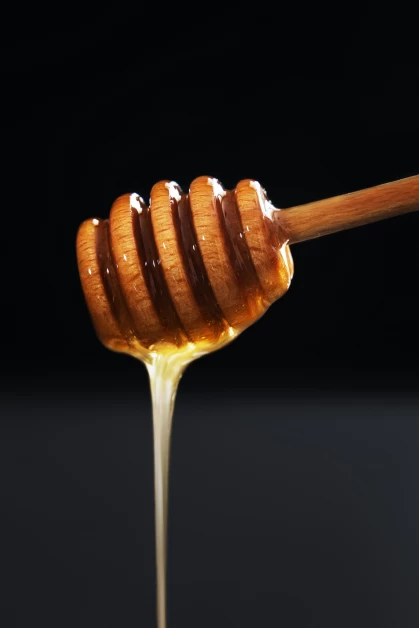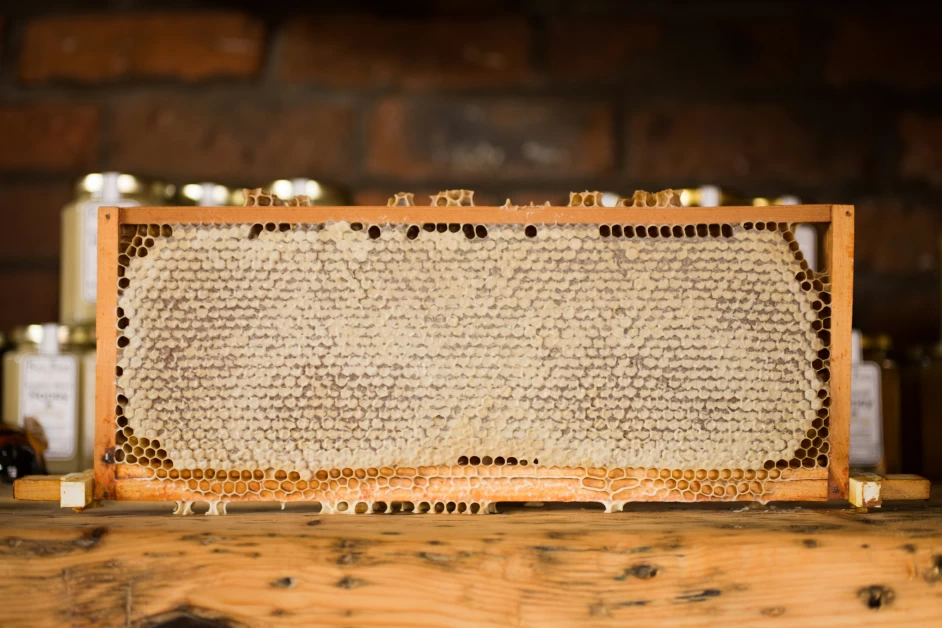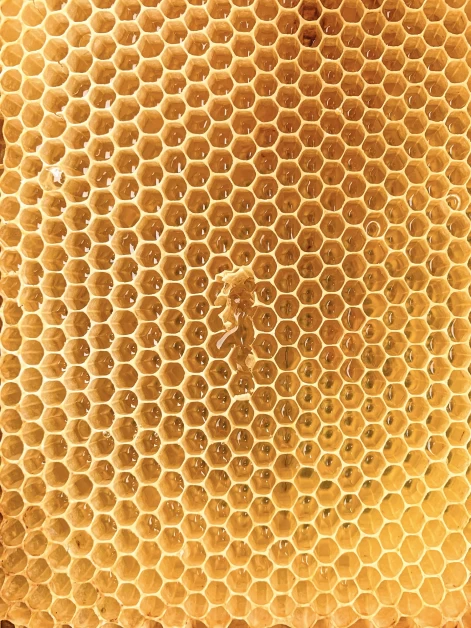Table of Contents
Manuka honey has long been hailed as a healthier alternative to sugar, thanks to its abundance of vitamins, minerals, and antioxidants. This natural sweetener has gained popularity for its antimicrobial properties and potential health benefits. However, individuals with diabetes need to be cautious when incorporating Manuka honey into their diet. In this article, we will explore the glycemic index of Manuka honey, the MGO content, its effects on blood sugar levels, impact on cardiovascular health, potential for reducing diabetic complications, its relationship with obesity, and considerations when buying Manuka honey.
The Glycemic Index of Manuka Honey
The glycemic index (GI) measures how quickly carbohydrates in food are broken down and absorbed into the bloodstream. For individuals with diabetes, low GI foods are the safest to consume. Manuka honey falls into the medium range of the glycemic index, with a value of 57. While it may cause a slight spike in blood glucose levels, it is still a better option than refined sugars and can be consumed in moderation.
MGO Content of Manuka Honey
Methylglyoxal (MGO) is a naturally occurring compound found in Manuka honey that is responsible for its high antimicrobial properties. However, excessive intake of MGO can lead to various complications for individuals with diabetes. The presence of excess sugar in the body can increase MGO content, which has been associated with diabetic complications such as eye, kidney, and heart problems, as well as chronic inflammation. It is essential to consume Manuka honey in moderate quantities to avoid these potential risks.
Effects of Manuka Honey on Blood Sugar Levels
While Manuka honey does contain beneficial properties such as anti-inflammatory and antimicrobial effects, it is still a natural sugar and carbohydrate source. Therefore, it can affect blood sugar levels, although not as significantly as refined sugar. Individuals with diabetes should be mindful of their blood sugar levels and use Manuka honey in small quantities for sweetening purposes. One to two teaspoons of Manuka honey are typically sufficient, as it is sweeter than refined sugar and requires less quantity to achieve the desired sweetness.
Impact of Manuka Honey on Cardiovascular Health
Manuka honey is rich in antioxidants, such as flavonoids and phenolic acids, which have been shown to improve heart health. Individuals with diabetes are at a higher risk of cardiovascular problems due to constant fluctuations in blood sugar levels. The antioxidants present in Manuka honey can help lower blood pressure and cholesterol levels, reduce oxidative stress, and improve overall heart function. These benefits contribute to the prevention of heart attacks, strokes, and other related diseases.
Effects of Manuka Honey on Diabetic Complications
Manuka honey’s antioxidant and anti-inflammatory properties make it beneficial in reducing the risk of various diabetic complications. Chronic inflammation, which is common in individuals with diabetes, can be mitigated by the anti-inflammatory effects of Manuka honey. Additionally, the antioxidants present in Manuka honey improve nerve and blood vessel health, prevent atherosclerosis, lower the risk of high blood pressure, and reduce oxidative cell damage. These effects contribute to overall health maintenance and the prevention of diabetic complications.
However, it is important to note that excessive consumption of Manuka honey can lead to extremely low blood pressure, causing hypotension, which is detrimental to individuals with diabetes. Symptoms such as dizziness, fatigue, nausea, rapid or irregular heartbeat, and blurred vision may occur. Severe cases can result in chest pains, fainting, or falls. Therefore, moderation is key when incorporating Manuka honey into the diet.
Manuka Honey and Obesity
It is essential to consider that Manuka honey contains calories, sugar, and carbohydrates, which can contribute to weight gain or hinder weight loss efforts. Maintaining a healthy weight is crucial for individuals with diabetes, as it helps slow down the progression of complications and improves insulin resistance. Obesity is a significant risk factor for high blood pressure, heart problems, and increased levels of LDL (bad cholesterol) in the body. Therefore, individuals with diabetes should be mindful of their overall calorie and sugar intake, including Manuka honey, to manage their weight effectively.
Things to Consider When Buying Manuka Honey
When purchasing Manuka honey, it is important to check the label for the Unique Manuka Factor (UMF), which measures the amount of MGO and dihydroxyacetone present in the honey. The UMF ranges from 0 to 16, with higher values indicating higher levels of beneficial compounds. While a lower grade may be safer for consumption, it may not provide the full antibacterial benefits of Manuka honey. Brands with higher levels of MGO are generally considered safer, as they are less processed and contain a higher concentration of minerals and nutrients.
Conclusion
Manuka honey offers several health benefits for individuals with diabetes, including its antimicrobial, anti-inflammatory, and antioxidant properties. However, it is important to consume Manuka honey in moderation to avoid potential complications associated with its high MGO content. While the benefits of Manuka honey are significant, it is essential to consult with a healthcare provider before incorporating it into the diet. They can provide personalized advice based on individual health conditions and ensure safe and effective use of Manuka honey. Remember, if you are allergic to bees or honey, it is best to avoid all types of honey and seek alternative sweeteners.









